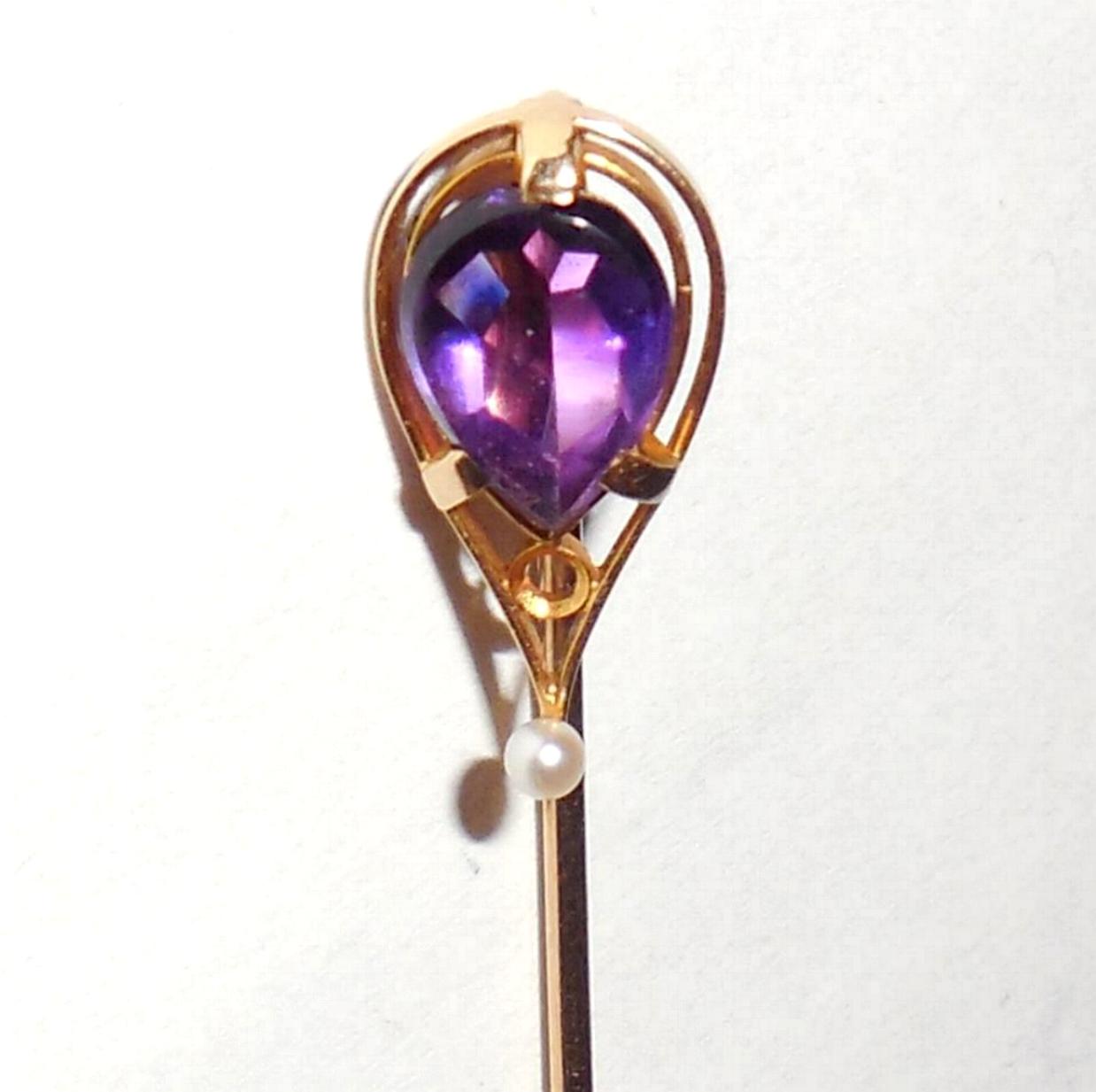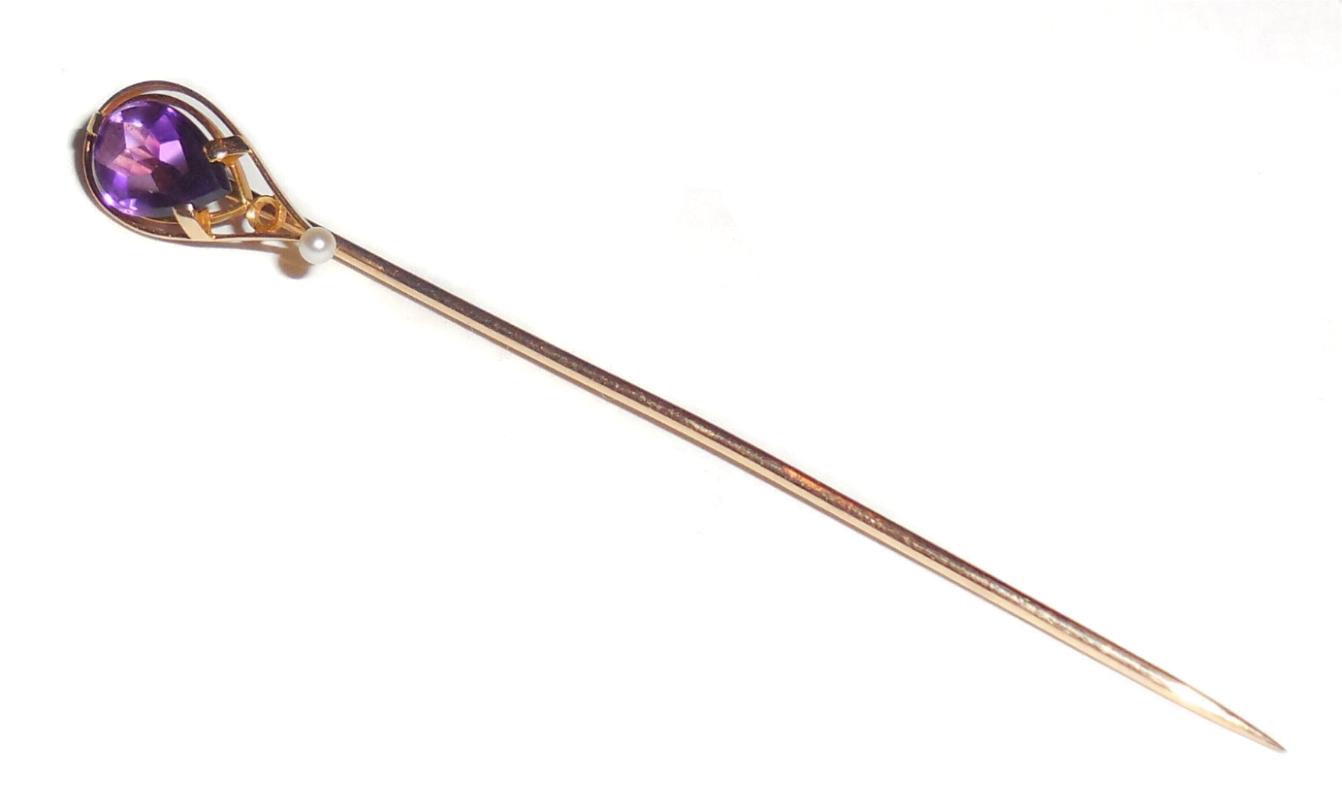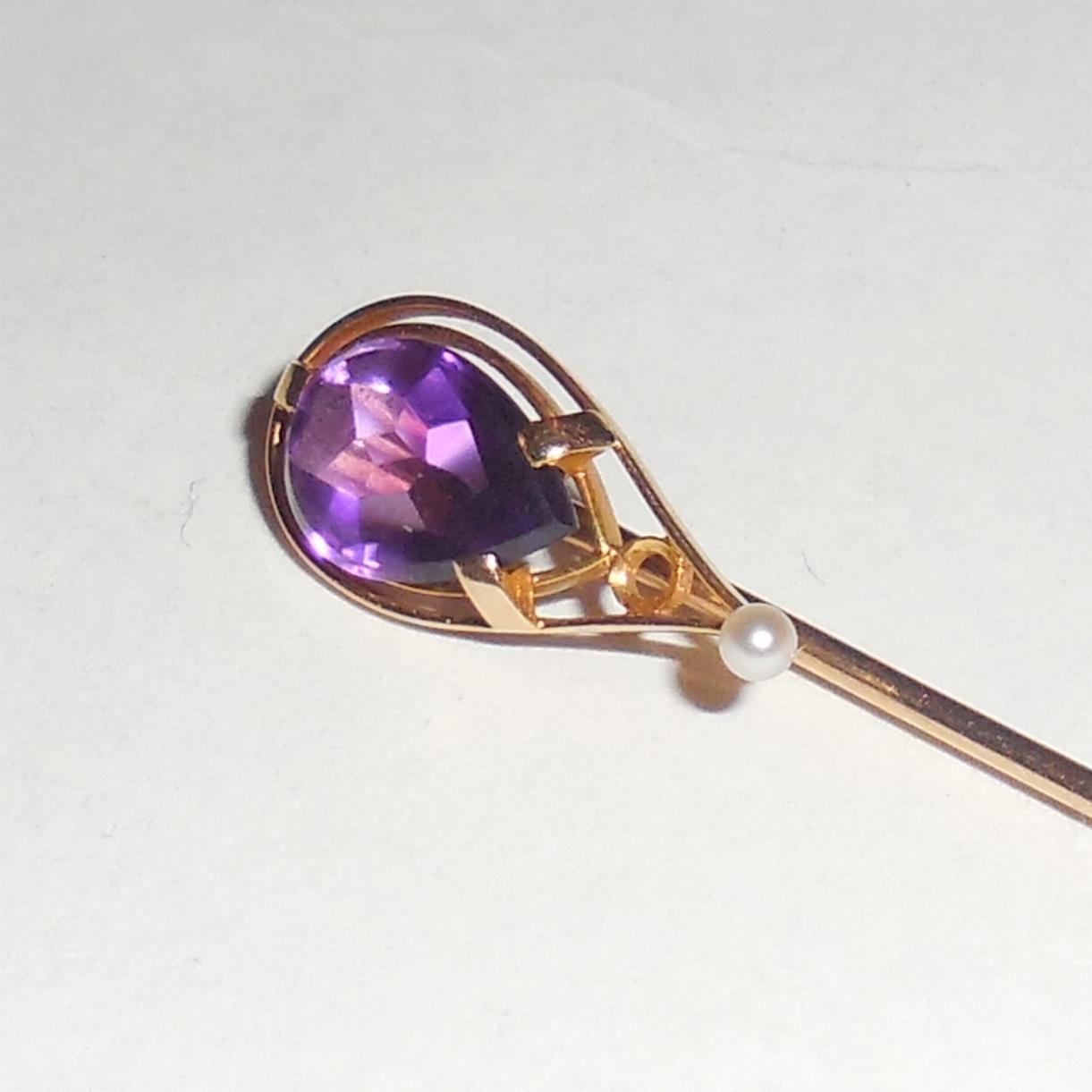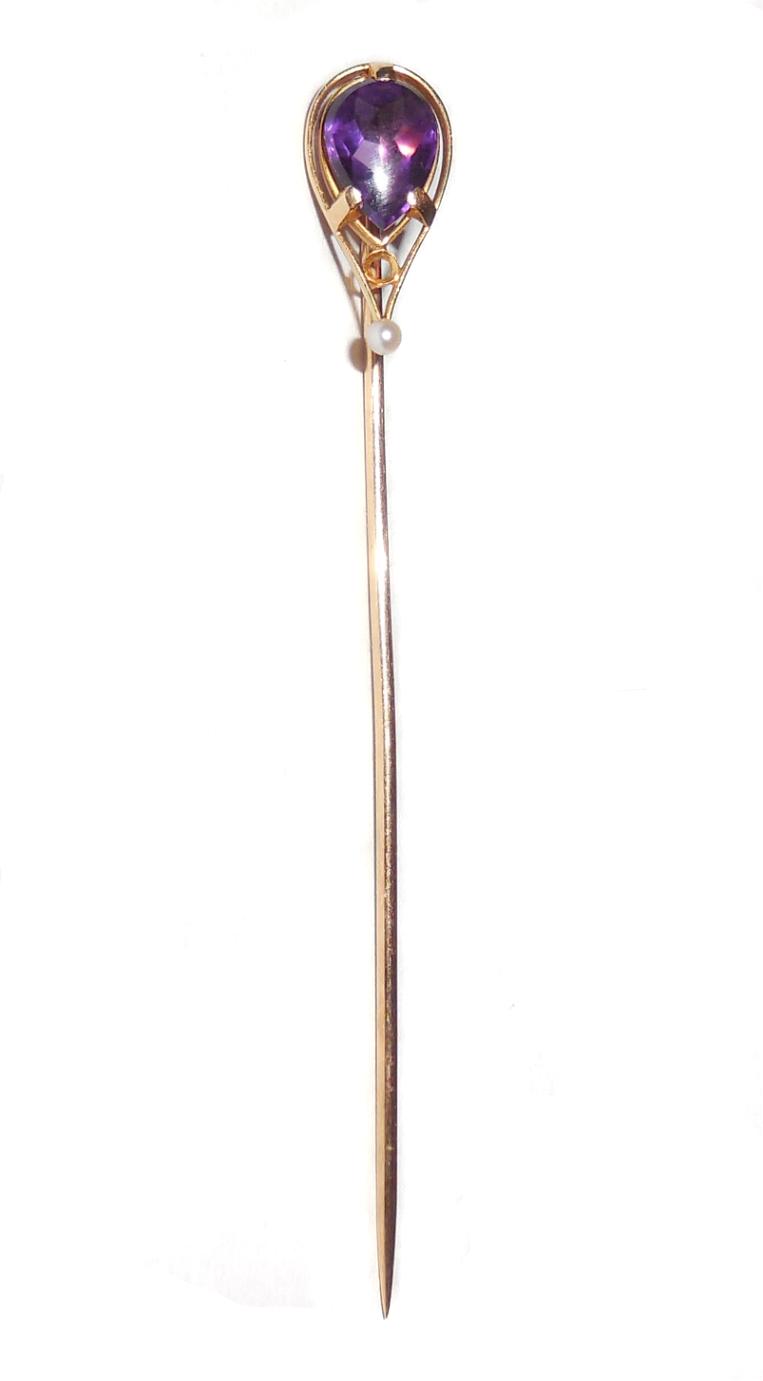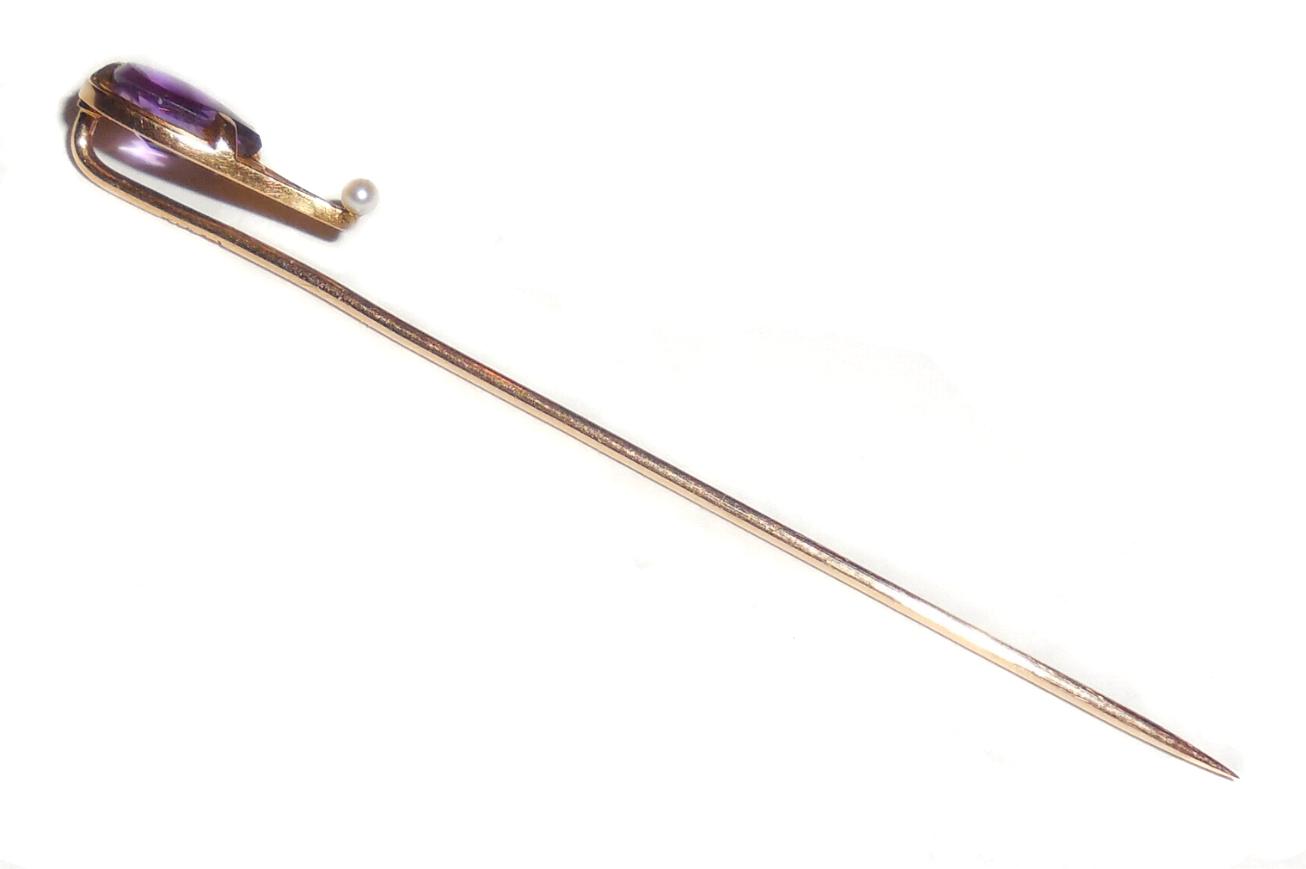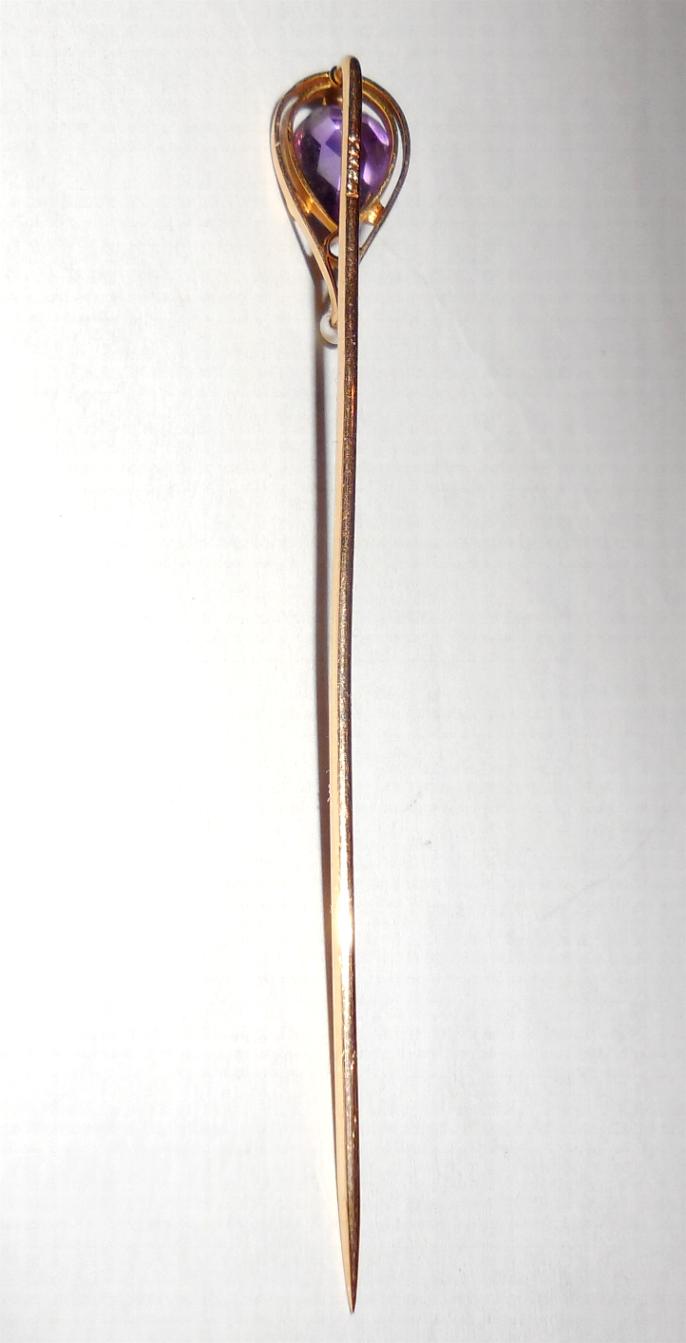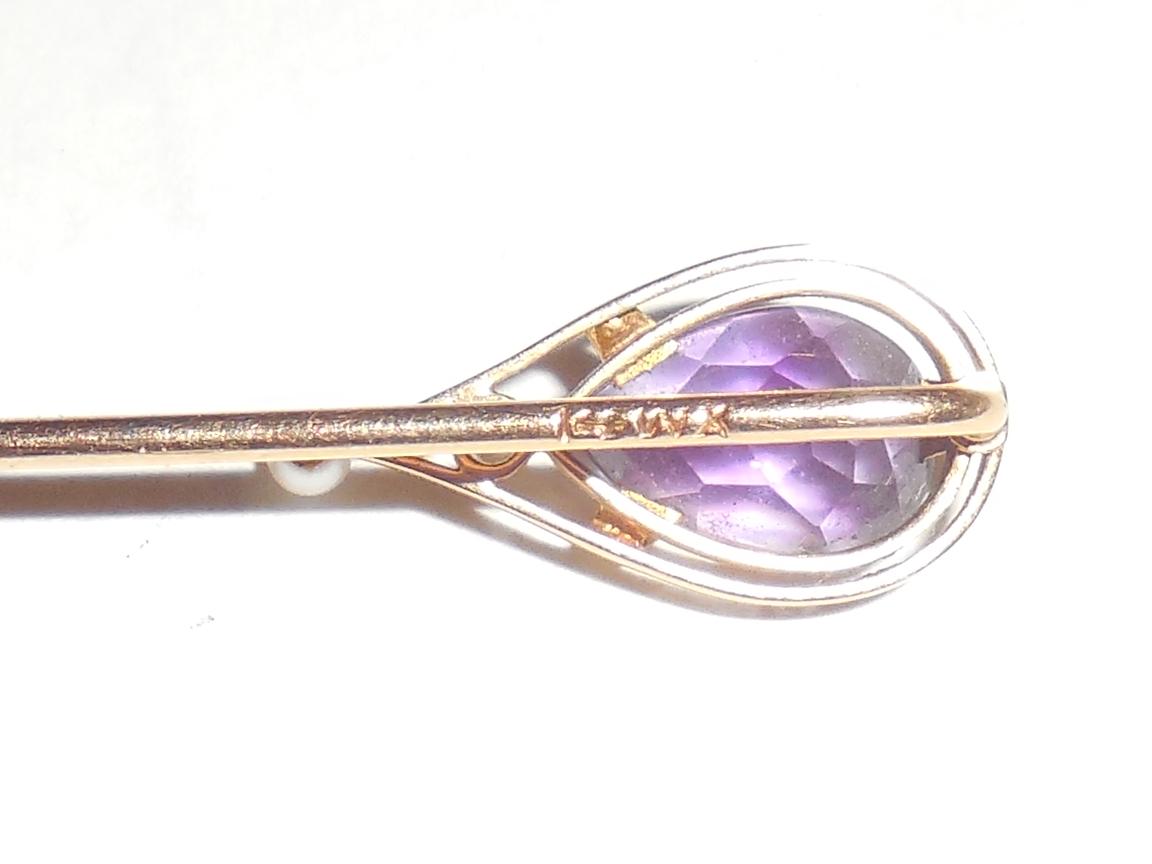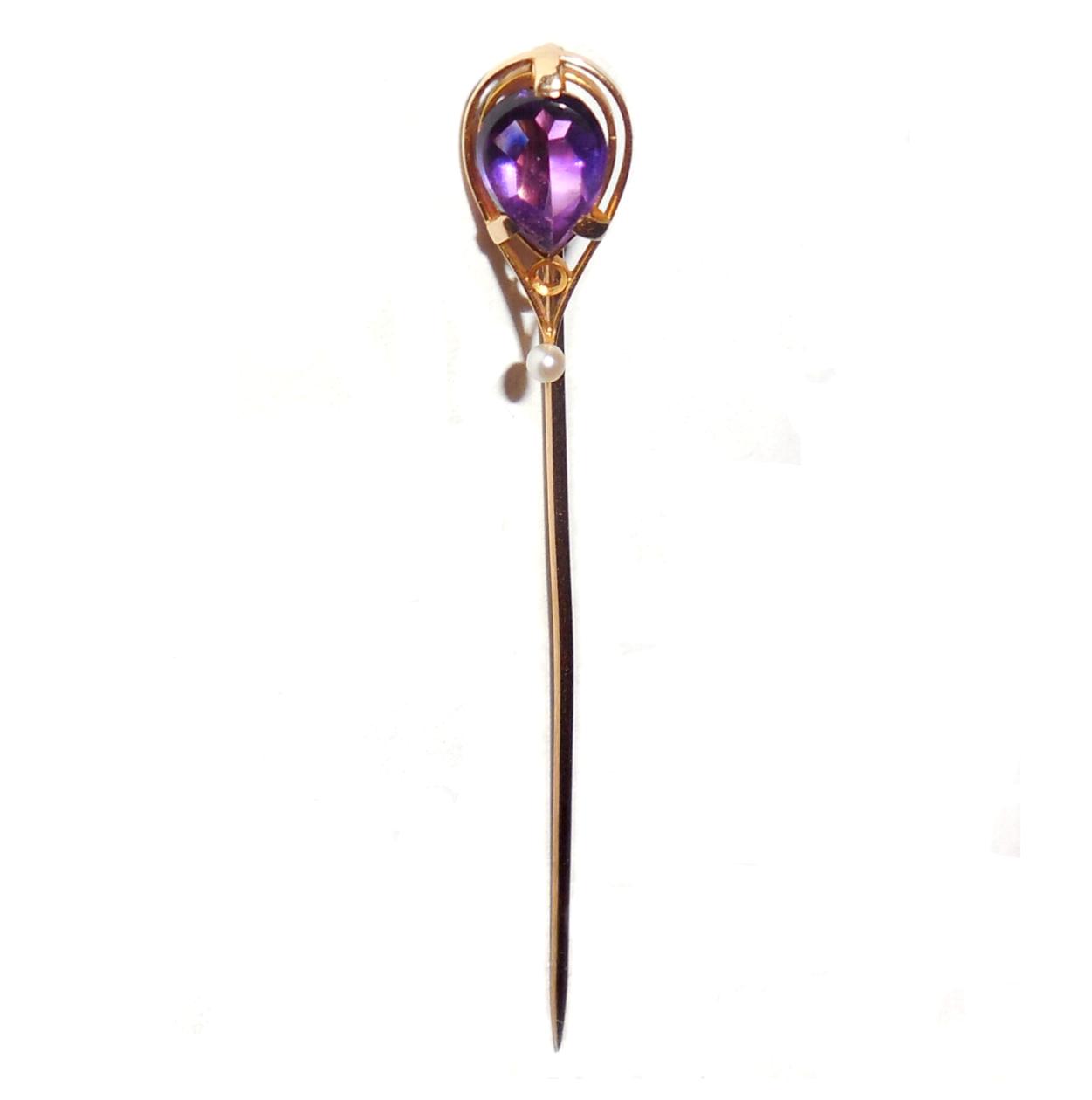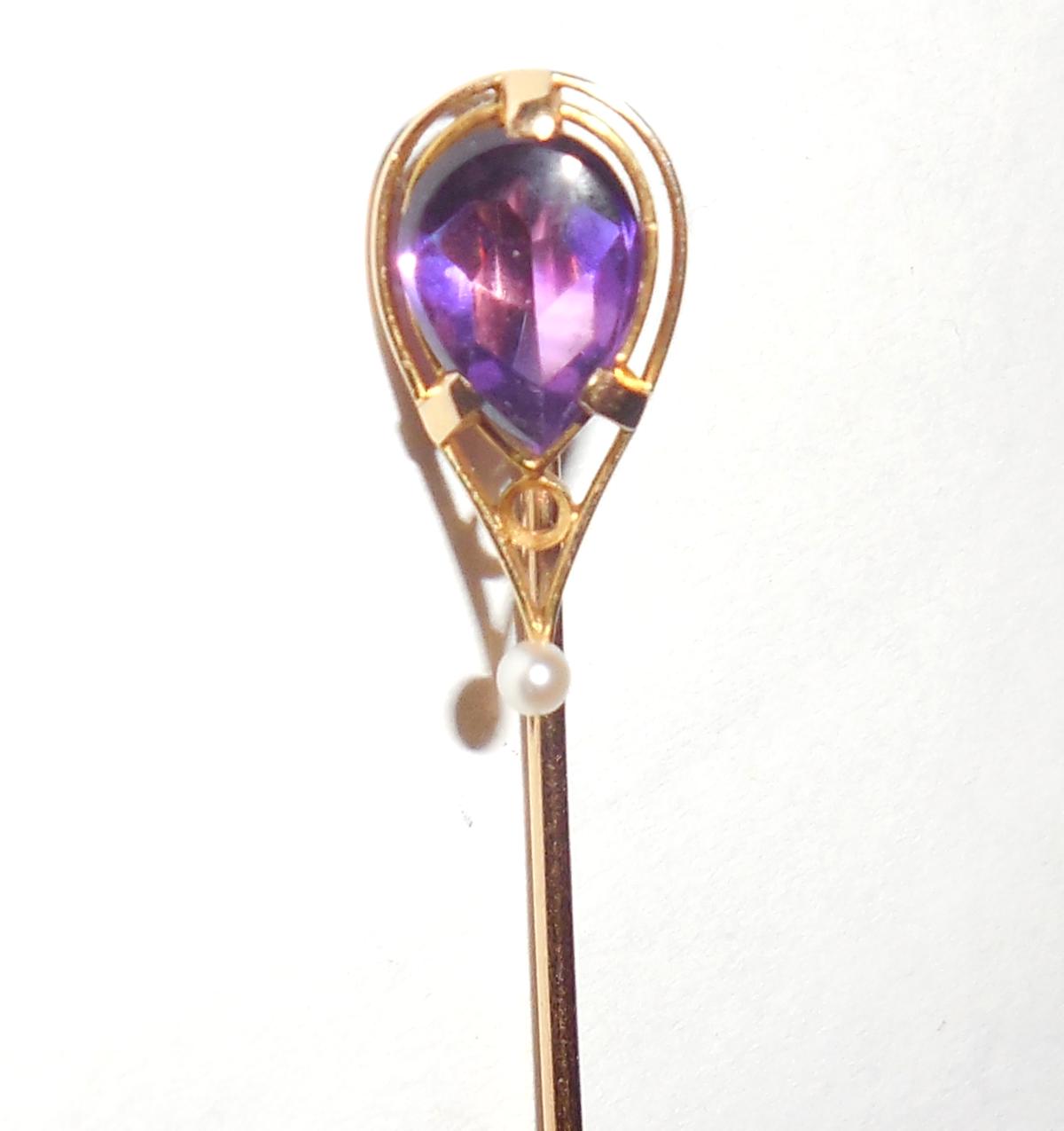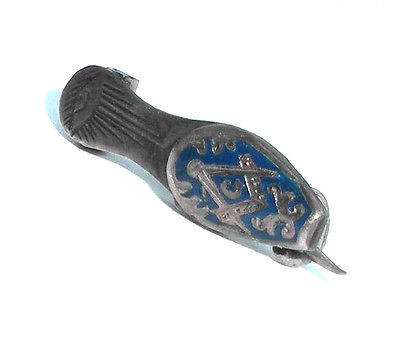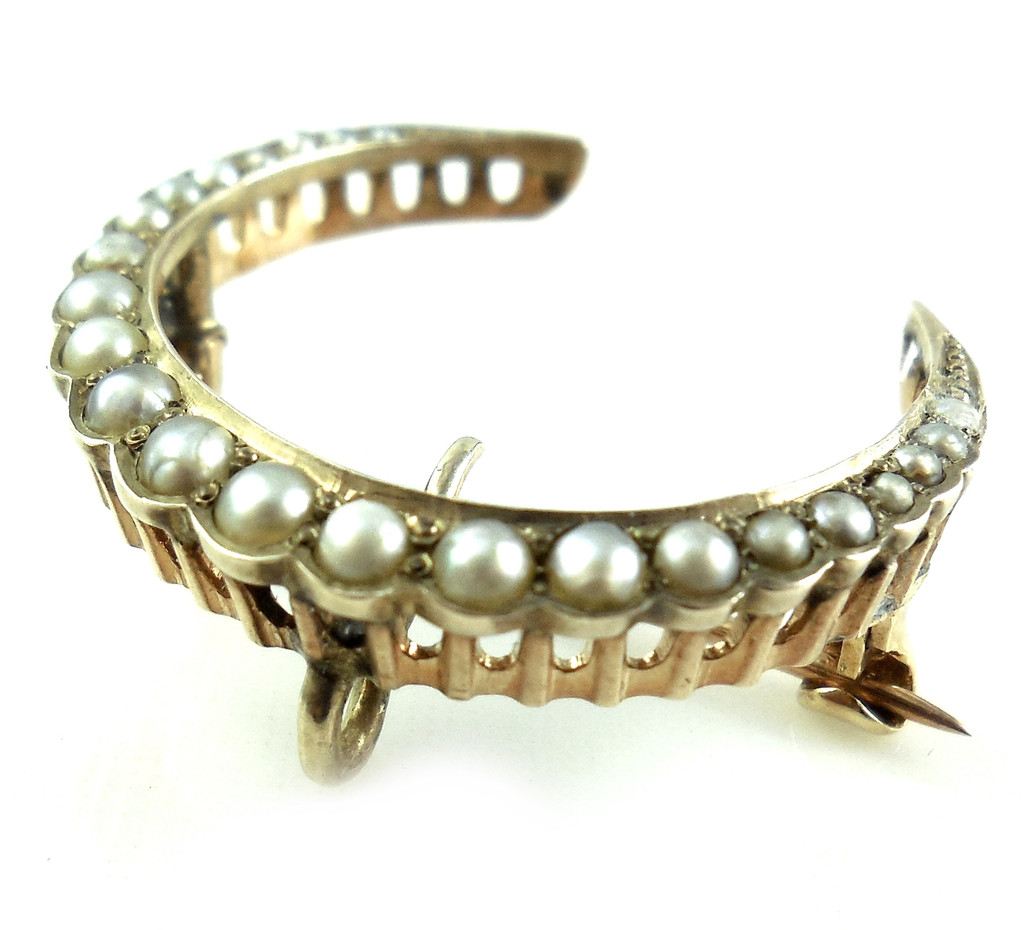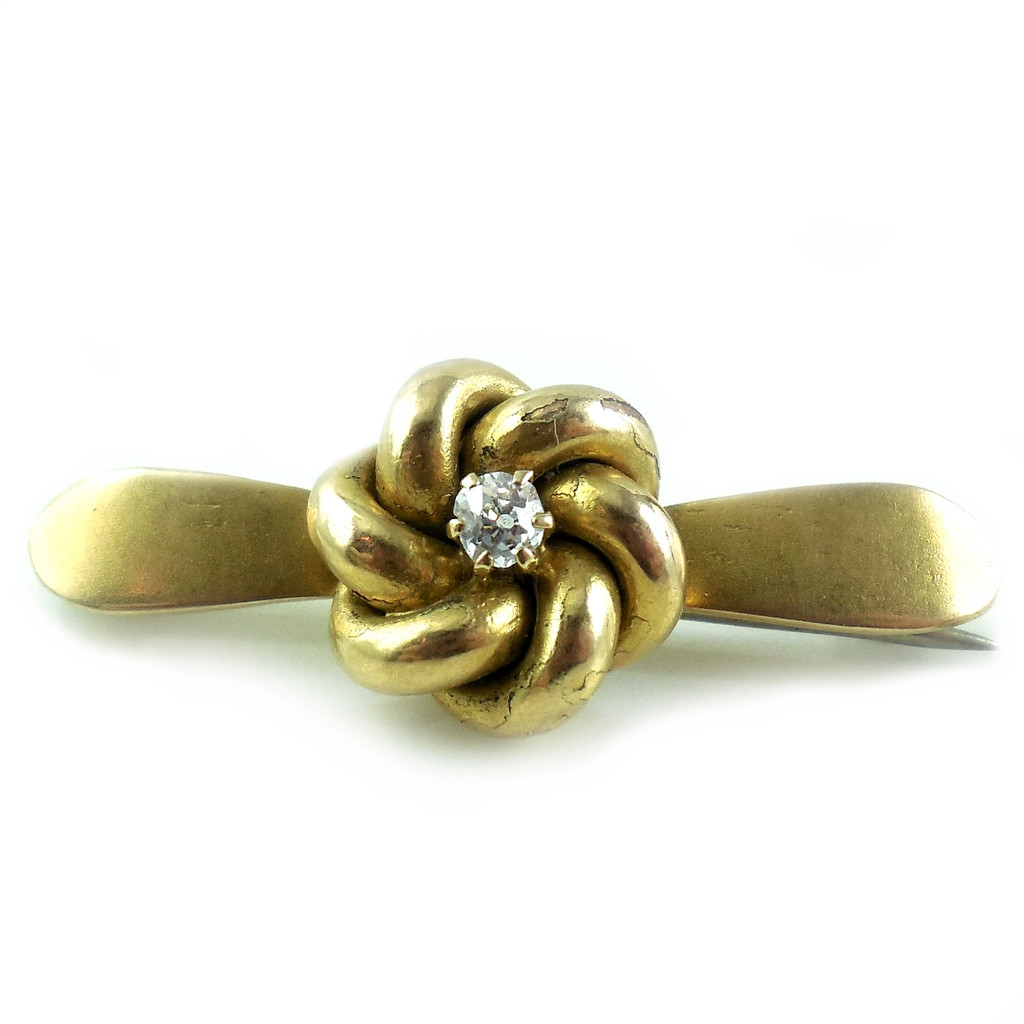Description
This is a super pretty Antique Edwardian 14K Gold 1.25 CTS Amethyst Stickpin. It has its original faceted purple amethyst and small pearl accent. The marking is 14k and there is a maker mark. It is also jeweler tested and Guaranteed to be solid 14K yellow gold. The head contains its original, large, showy 9mm, pear shaped natural amethyst that has rich, deep purple color like you see on Russian amethysts.
This gemstone has beautiful color with purplish pink internal flash and highlights. It has a little movement in the setting from age. However, it is secure and was originally set strongly so it won’t crack. There is also a circle underneath the gold pear mounting which is part of the curvy Edwardian design. Or, it may have originally held another small pearl. Yet, the gold circle is concave so it appears to be part of the design. But if you would like to add another pearl it can easily be glued into the setting.
Condition is excellent, gently used. No damage or repair. There are no dents, dings, chips, cracks, flakes or abrasions. Additionally, it is completely original and has never been altered in any way. From an estate where it was well preserved all these years. Size is 2 5/8″ tall North to South. The head is 5/8″ by 5/16″. Having a beautiful deep showy gemstone this is a lovely antique Edwardian 14K Gold 1.25 CTS amethyst Stickpin for your antique gold jewelry collection.
About Amethyst WIKI:
Amethyst is a violet variety of quartz often used in jewelry. The name comes from the ancient Greek ἀ a- (“not”) and μέθυστοςméthystos (“intoxicated”). This is because it is a reference to the belief that the stone protected its owner from drunkenness. In addition, the ancient Greeks wore amethyst and made drinking vessels decorated with amethysts since they believed that it would prevent intoxication. Being one of several forms of quartz, amethyst is a semiprecious stone. Another use as the traditional birthstone for February.
Much as Greeks and Europeans used amethyst it was also used as a gemstone by the ancient Egyptians. Hence, it was largely employed for intaglio engraved gems.
The Greeks believed amethyst gems could prevent intoxication. Likewise, medieval European soldiers wore amethyst amulets as protection in battle. This was a result of the belief that amethysts heal people and keep them cool-headed. In fact, beads of amethyst were found in Anglo-Saxon graves in England. Finally, Western Christian bishops wear an episcopal ring often set with an amethyst. Hence, this is an allusion to the description of the Apostles as “not drunk” at Pentecost in Acts 2:15.
Consequently, amethyst is still used today for jewelry making.
